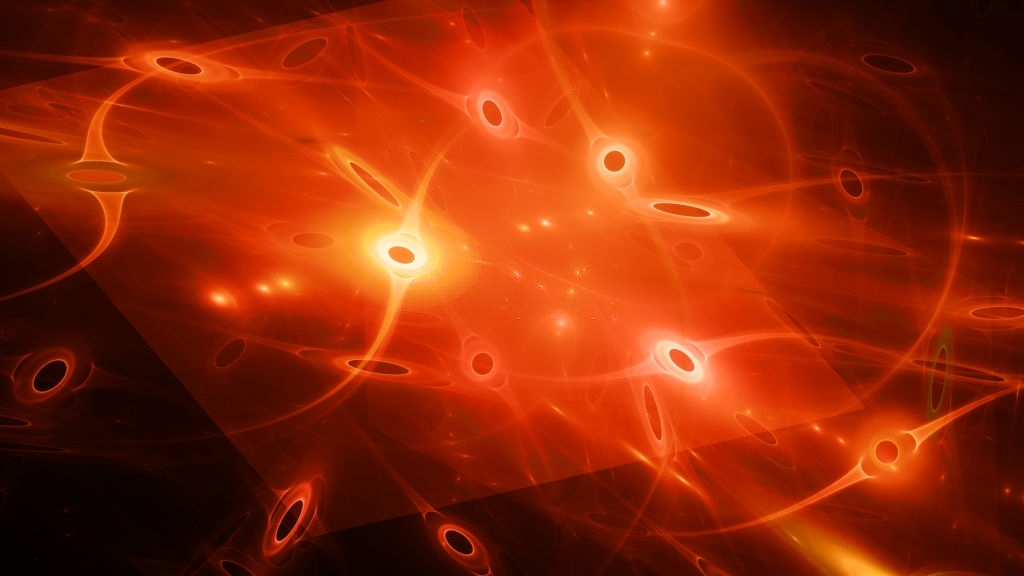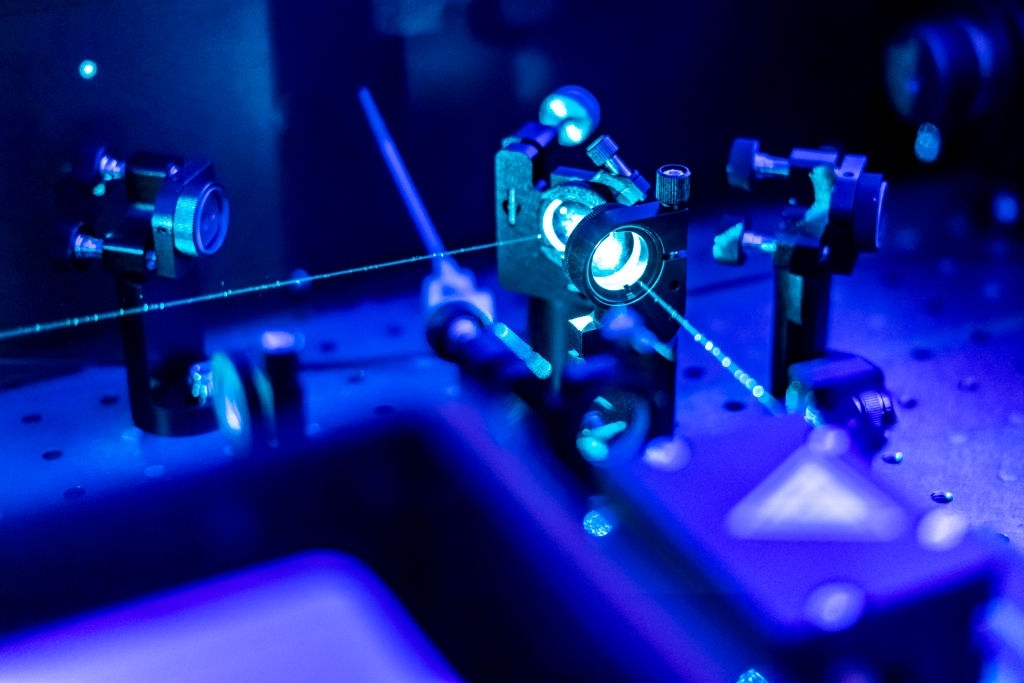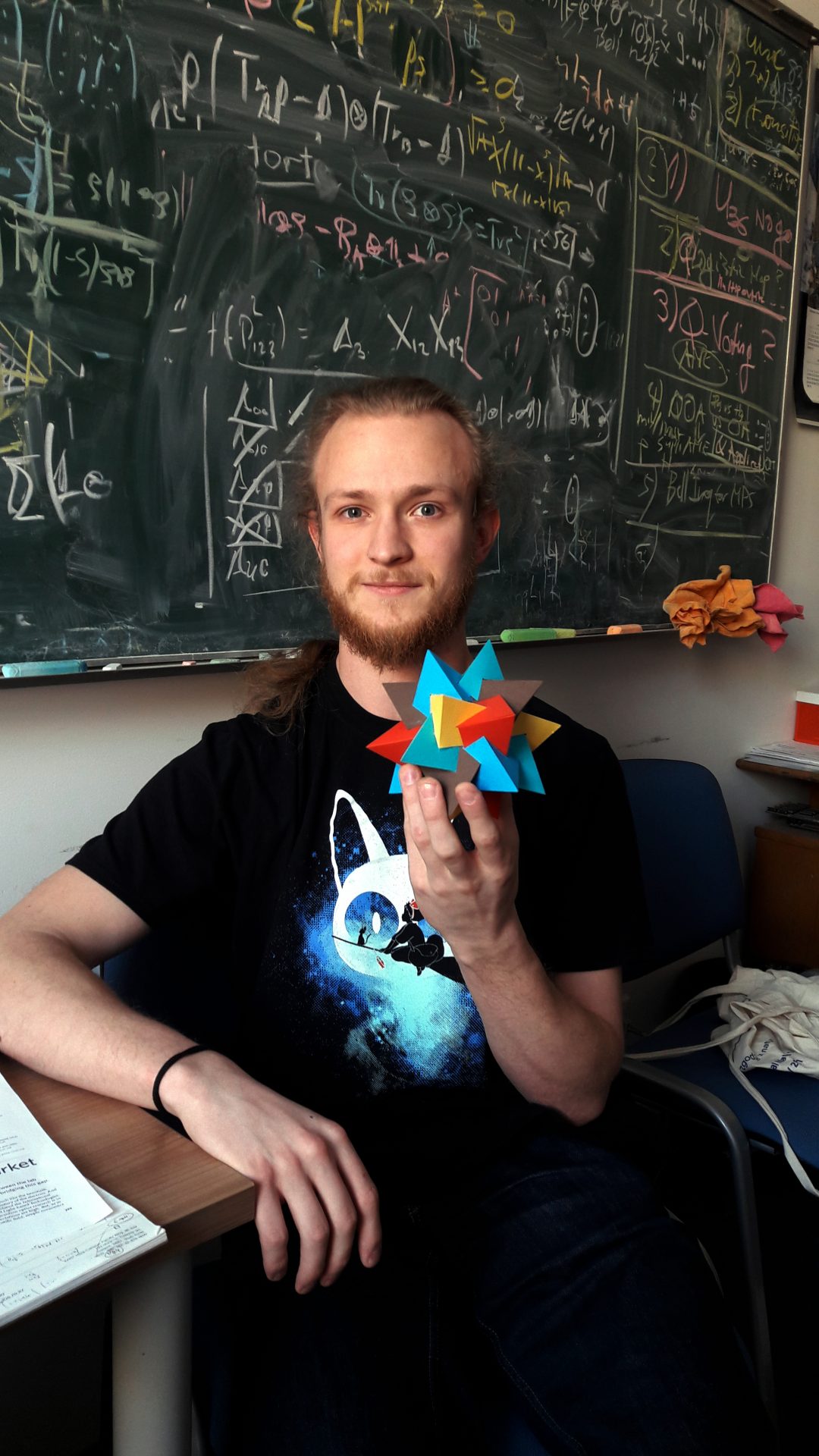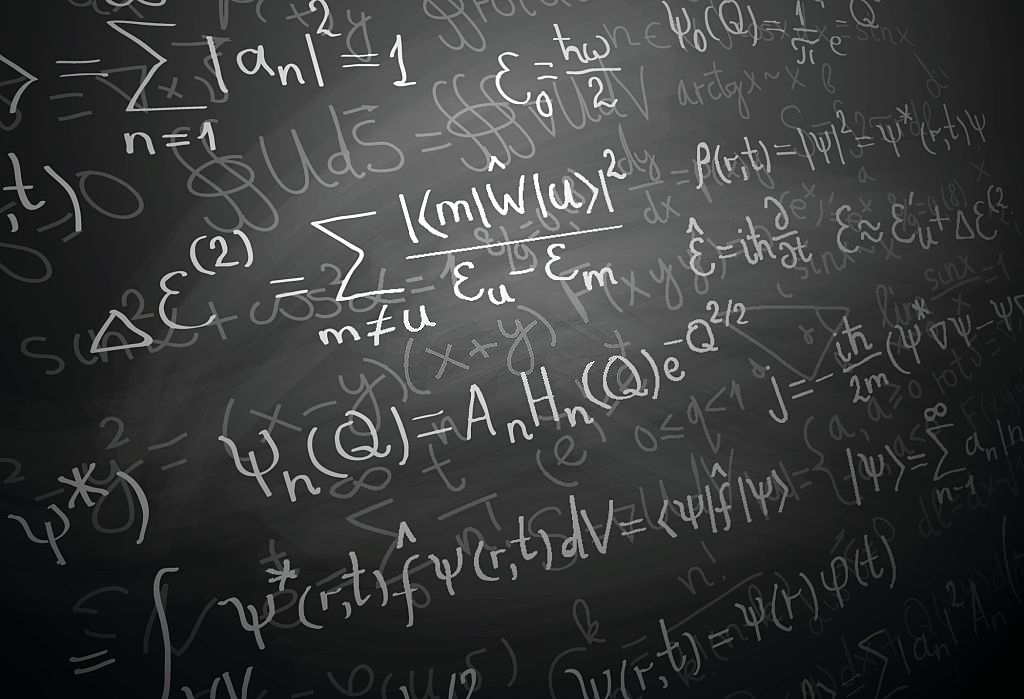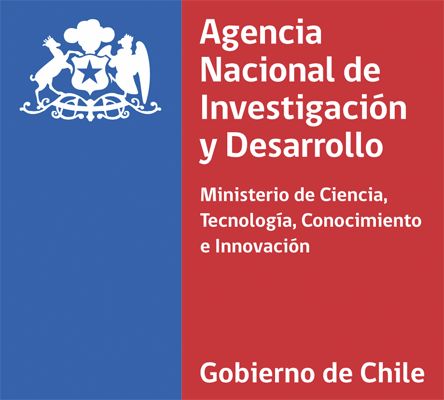Research
Quantum Computing
The algorithms utilised in current quantum computers necessitate efficient programming of a circuit for their implementation, aimed at minimising execution time and mitigating error propagation. In this context, we employ strategies from group theory, as well as classical and quantum combinatorial theory, to identify optimal circuits that can function correctly upon implementation.
Every practical application implemented on a computer, be it classical or quantum, requires the programming of an algorithm. At QuDIT, we design quantum algorithms for a variety of purposes, such as testing the fundamentals of quantum mechanics, optimising the state readout of a quantum computer, and maximising qubit correlations. These algorithms are the fundamental blocks required for developing practical applications, such as the characterisation of stable molecules or the generation of genuine random numbers.
Currently, quantum computing is undergoing a phase of rapid global expansion, making significant strides in both fundamental research and technological development. At the cutting edge of technology, leading companies like IBM and Google already operate quantum computers equipped with thousands of qubits, with expectations to reach up to hundreds of thousands in the coming decade. This evolution promises that quantum computers will outperform classical ones in efficiency for several critical tasks. At QuDIT, in anticipation of the next revolution in the computing era, we are beginning to collaborate closely with universities, private institutions, startups, and businesses both nationally and internationally. Our aim is to conduct innovative and multidisciplinary research in Chile to provide quantum solutions to real-world challenges, such as optimising distribution logistics, advancing drug development, and enhancing the understanding of cancer.
Quantum Information Theory
Entanglement, spooky action at distance as called by Einstein, is an astonishing property of Nature. It reflects the fact that whole systems are more than the sum of the parts. This phenomena can be used in several practical applications, including quantum teleportation and quantum cryptography. It is also an essential ingredient that distinguish classical from quantum computers. Unfortunately, entanglement is a fragile resource, in the sense that it quickly vanishes due to interaction with environment. This is one of the main reasons why we do not have already quantum computers at home (but eventually we will!).
We study existence and construction of some special class of highly entangled multipartite quantum states, called k-uniform [3,7] and absolutely maximally entangled (AME) [5,13]. These states are one-to-one related with error correction codes, which allows to successfully implement a quantum protocol even under the presence of errors due to interaction with an environment. On the other hand, we also designed optimal circuits to implement such highly entangled states in quantum computers [17].
In 1964, John Bell theoretically proven that some quantum predictions involving two distant parties cannot be reproduced in any physical theory agreeing with local hidden variables. This result has a quite deep consequence, as it was predicting that quantum mechanics is not compatible with two reasonable assumptions: locality (results of experiments do not depend on actions taken by distant parties) and determinism (any experiment has preestablished outcome, being any probabilistic theory an incomplete way to describe Nature). Nowadays, quantum non-locality has been widely demonstrated in the laboratory, exhibiting that Nature is essentially non-local at the nanoscopic scale. Quantum non-locality is a resource for some practical applications: secure quantum cryptography, device independent quantum communication, genuine random number generation, among many others.
We study quantum non-locality, its practical applications and experimental implementations. Our main achievement so far is to demonstrate that both local uncertainty principles and quantum steering play a fundamental role to determine the strength of non-local quantum correlations [14]. We also established a one-to-one connection between the classical value of a Bell inequality and the mathematical notion of excess of a matrix [21]. Another study about non-locality was done for the special case of three outcomes multipartite Bell inequalities [8]. Additionally, we studied some stronger than quantum correlations that in principle do not has contradictions with a physical theory, i.e. a theory constrained by the dissallowance of causal loops, so agreeing General Relativity. Remarkably, this theory is slightly beyond the so-called no-signaling theory for multipartite systems. Recently, we demonstrated that this generalized theory can be used to break security for a broad class of device independent protocols, including all cryptographic protocols known to date [22].
Quantum state tomography is the process to reconstruct the state of a physical quantum systems from measurements implemented in the lab. The golden goal of this area of research is to obtain the best posible quantum state that reflects the results of experiments, according to some criteria, with the smallest posible number of measurements, number of identically prepared quantum systems, and postprocessing complexity. Additionally, it is very desired to implement the reconstruction process with a fast algorithm, thus allowing the user to apply this technique for multipartite quantum systems composed by several particles.
In our studies, we developed a tomographic protocol for nearly pure state reconstruction based on five measurement bases in every finite dimension [4]. We also designed a fast algorithms for quantum state estimation of mixed states under the presence of errors in both state preparation and measurement stages [18].
Complex projective t-designs is an obiquitous tool in quantum information theory. In particular, 1-designs define the most general class of measurements allowed in quantum mechanics, so-called Positive Operator Valued Measures (POVM). Higher order t-designs have the advantage to be informationally complete, i.e. they allow a full state reconstruction from experimental results and an analytical formula. As a further advantage of these constellations, they minimize the propagation of errors when performing a real experiment.
We study the existence and construction of complex projective t-designs [16]. We also introduced a method to determine whether a given t-design is isolated or belong to a family of designs having the same geometrical properties [10]. Furthermore, we studied entanglement properties of quantum measurements defined by multipartite t-designs [11]. Recently, we extended the notion of complex projective t-designs to the space of mixed quantum states, providing novel applications [20].
Combinatorial designs deals with existence and construction of collection of symbols whose arrangements satisfy some balance or symmetry. For instance, Latin squares, Hadamard matrices and orthogonal arrays are examples of combinatorial designs. The notion of some combinatorial designs can be naturally extended to the field of quantum mechanics. This extensions demonstrated to be particularly useful to solve relevant problems in quantum information theory.
Our goal in this área of research is two folded: (a) take advantage of existing classical combinatorial designs to solve specific problems in quantum mechanics. For instance, to construct absolutely maximally entangled states from orthogonal arrays [3,7] and distinguish classes of multipartite entangled states from ortogonal arrays [12] (b) design quantum combinatorial objects as natural generalization of the classical ones: quantum orthogonal arrays and quantum Latin arrangements [13]. These quantum arrangements can be used to solve problems where its classical counterpart cannot, e.g. to construct absolutely maximally entangled states beyond those having minimal support.
The study of problems in quantum information theory typically requires to consider specific mathematical tools. Many times, such suitable tool does not exist. By this reason, it is important to develop specific tools to be applied to attack some specific problems in quantum information theory.
We have been developing a series of new tools that find application in quantum information theory: (a) we established a one-to-one connection between a special class of unistochastic matrices and equiangular tight frames, in particular the so-called Symmetric Informationally Complete (SIC)-POVM [9]. These frames define optimal quantum measurements, in some sense (b) We introduced the notion of multiunitary matrices, closely related to absolutely maximally entangled states [5] (c) We defined quantum arrangements, as a generalization of orthogonal arrays, Latin arrangements and mutually ortogonal Latin arrangements. These combinatorial objects allow us to find absolutely maximally entangled states [13] (d) we found infinitely many classes of real [1,15] and complex unistochastic matrices [19], related to equiangular quantum measurements. We also found multiparametric families of incomplete sets of mutually unbiased bases in several dimensions [6]. These special kind of measurements define maximally incompatible observables in quantum mechanics, like position and momentum or two orthogonal directions of spin 1/2.

